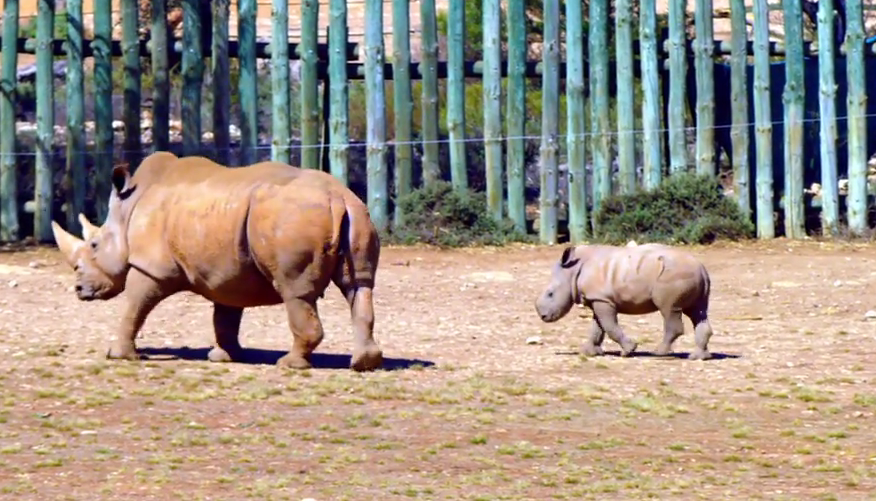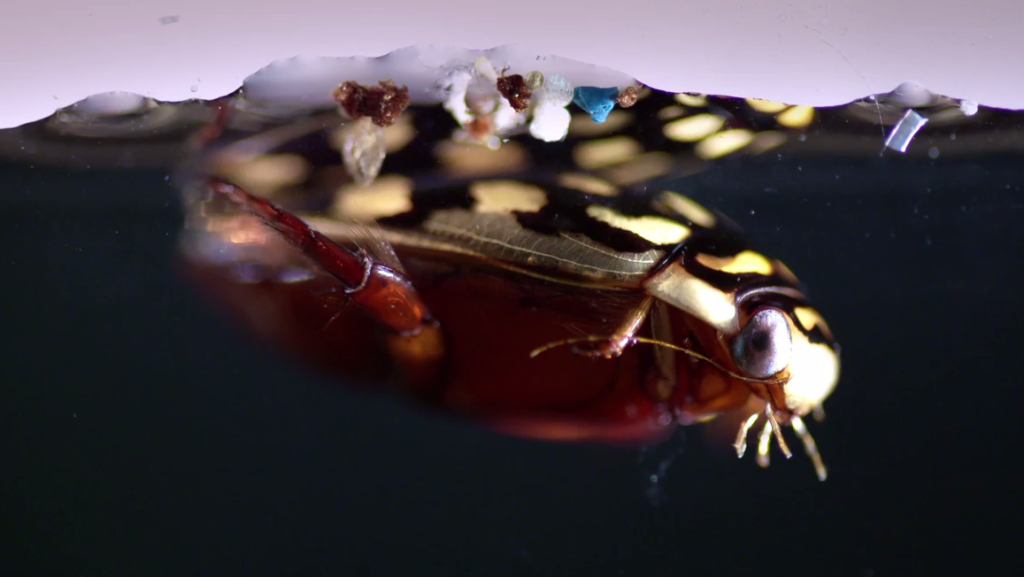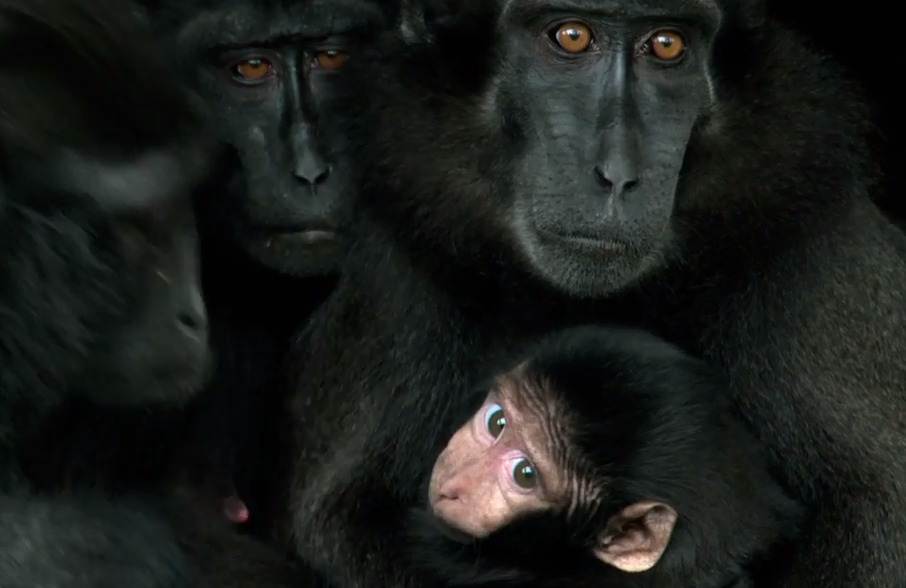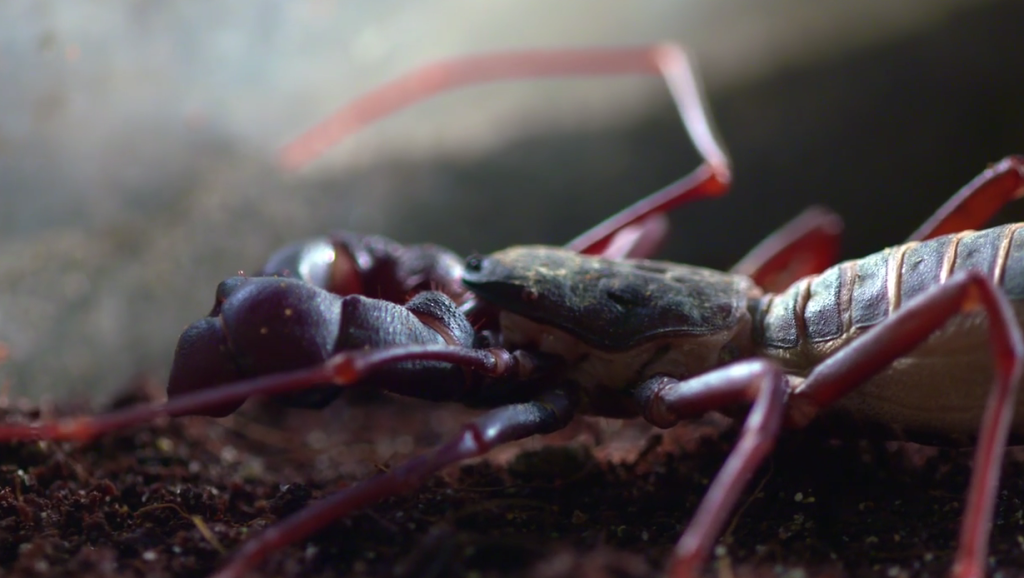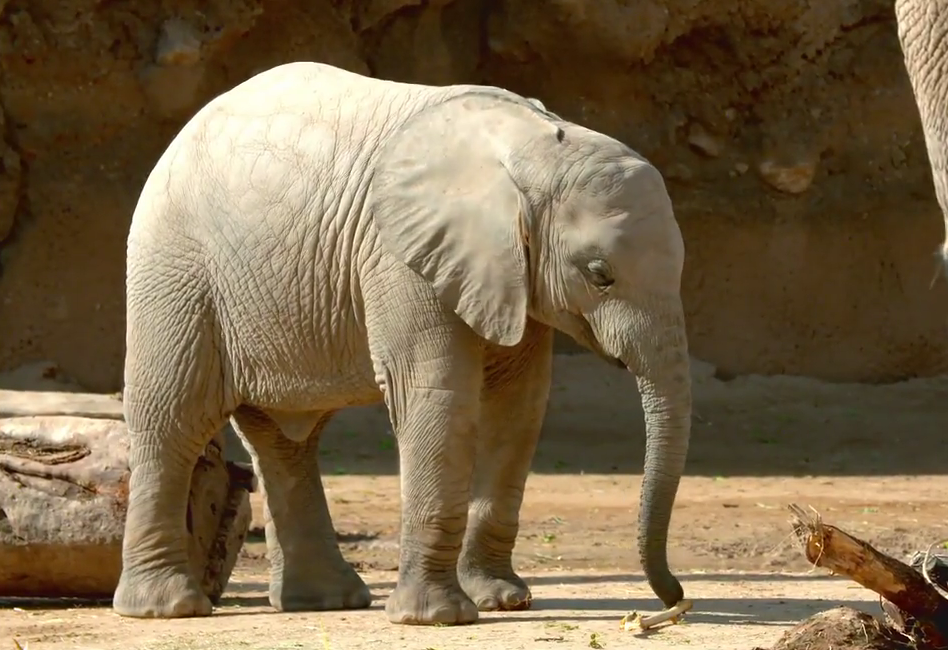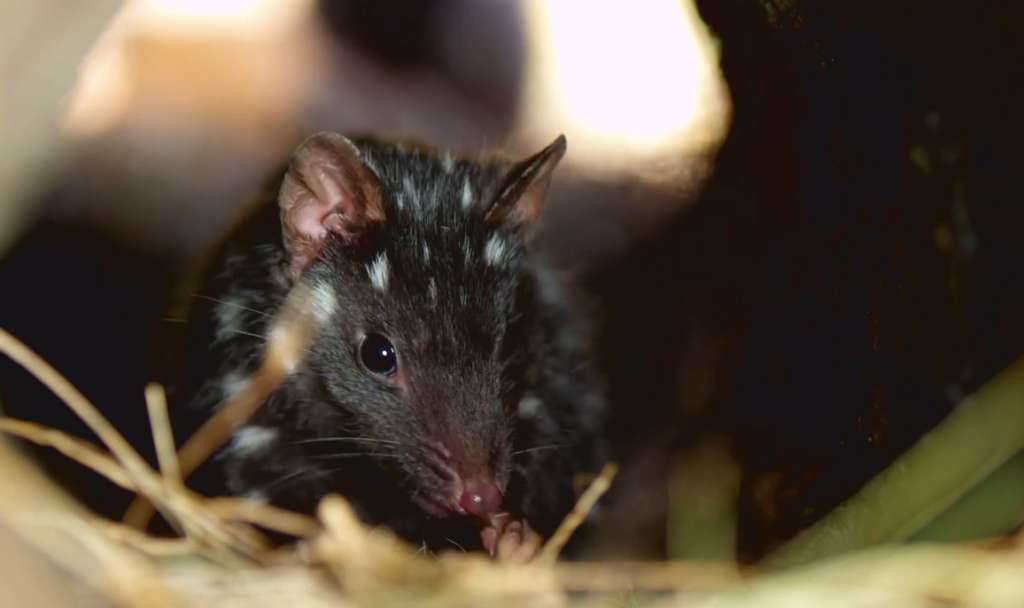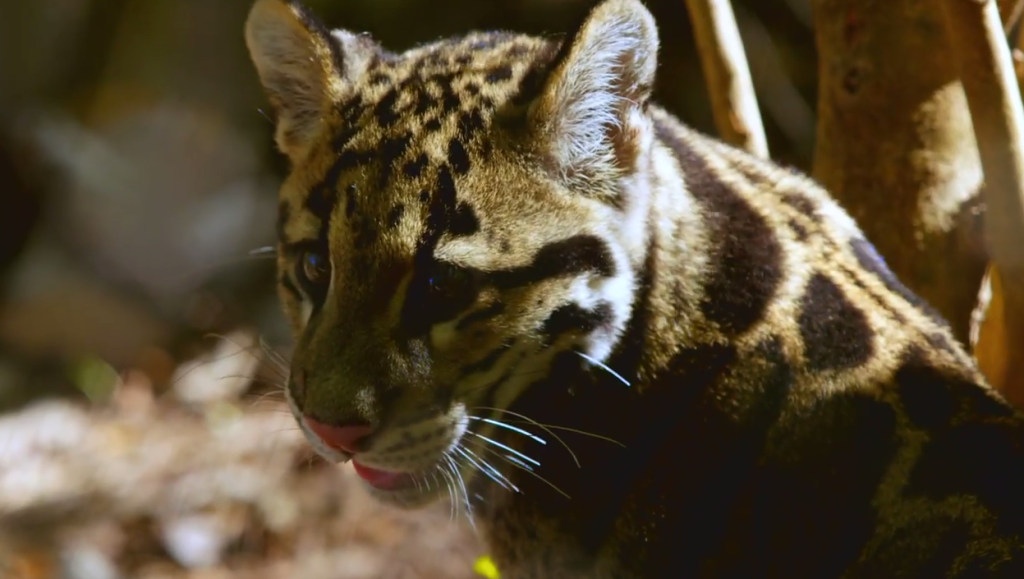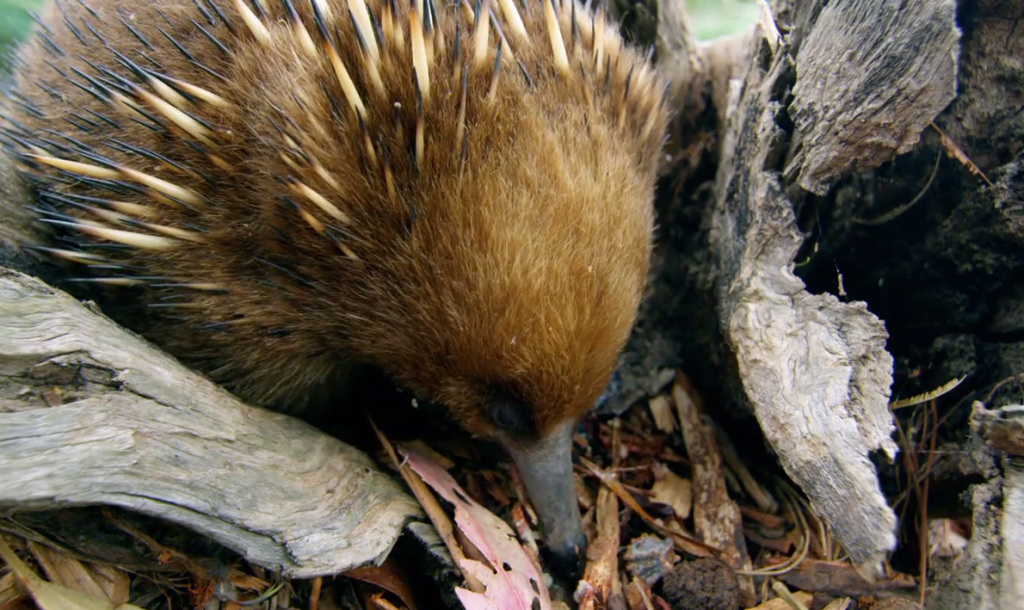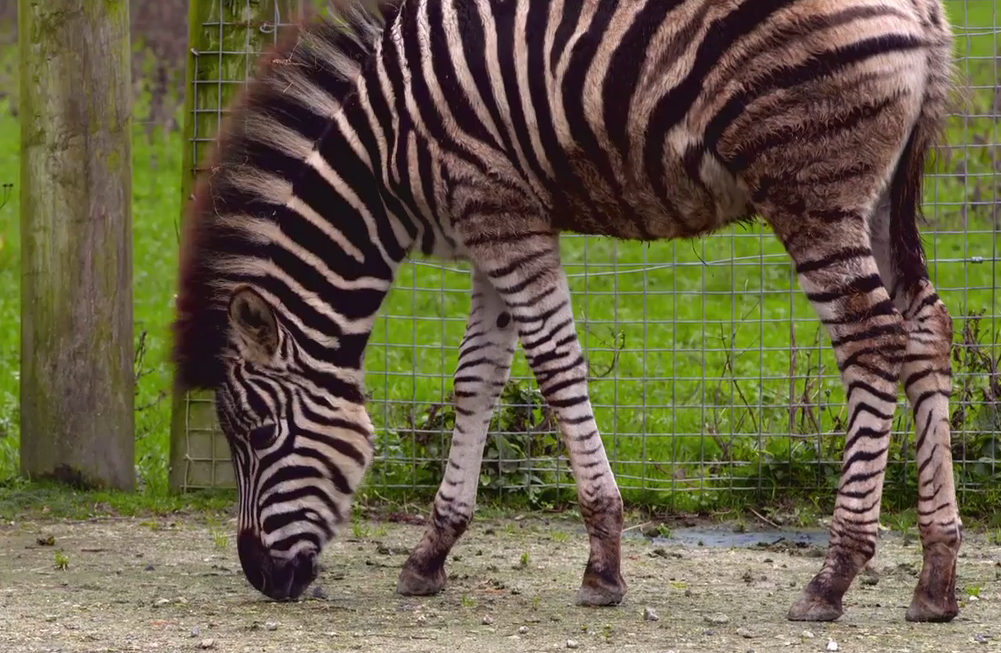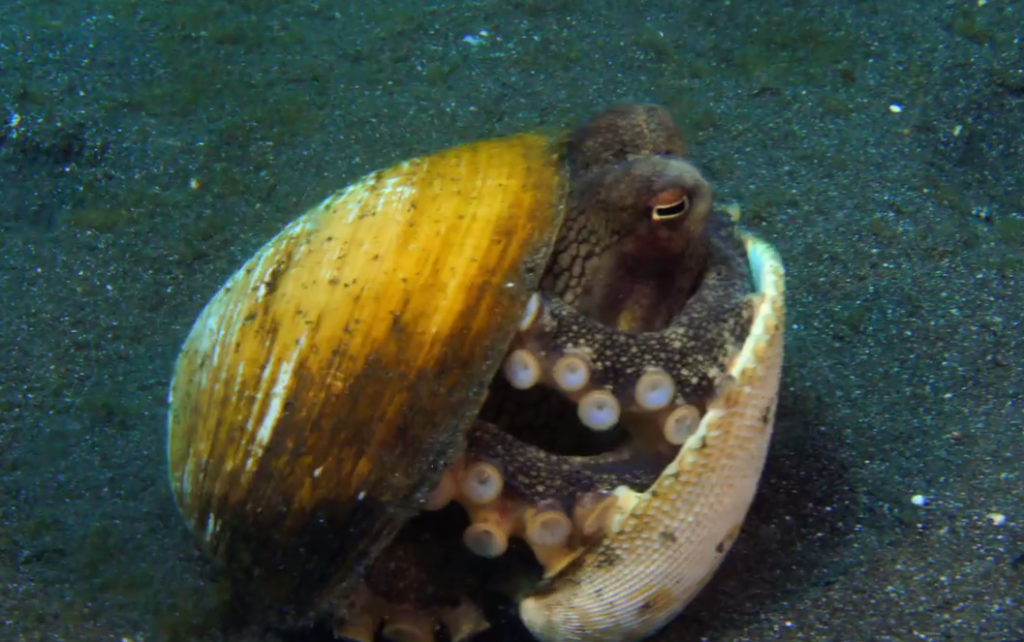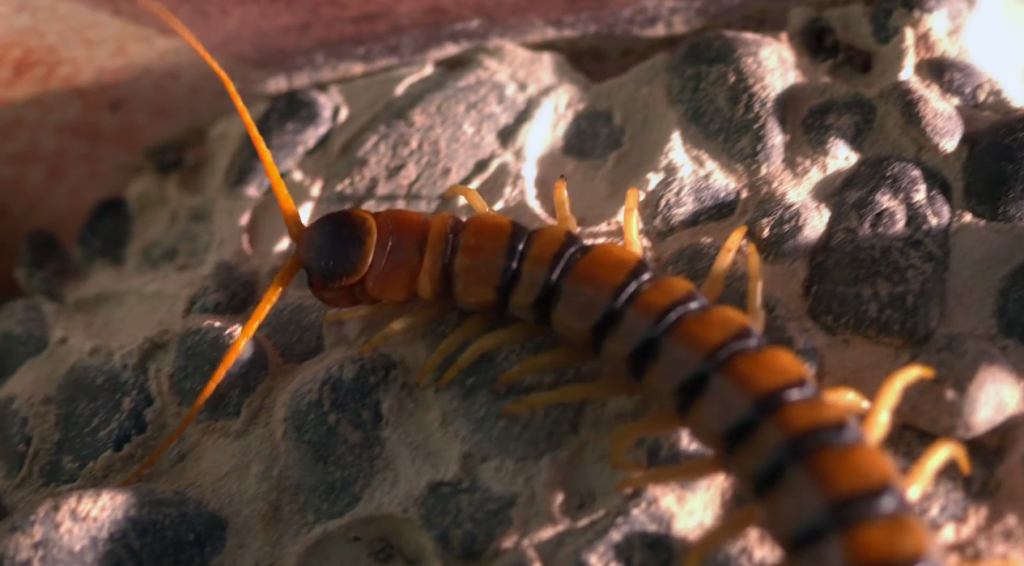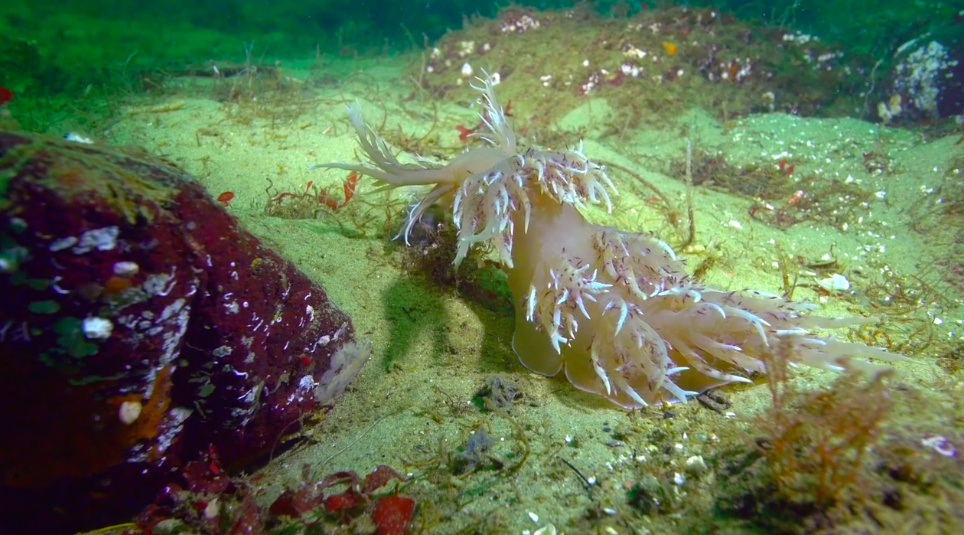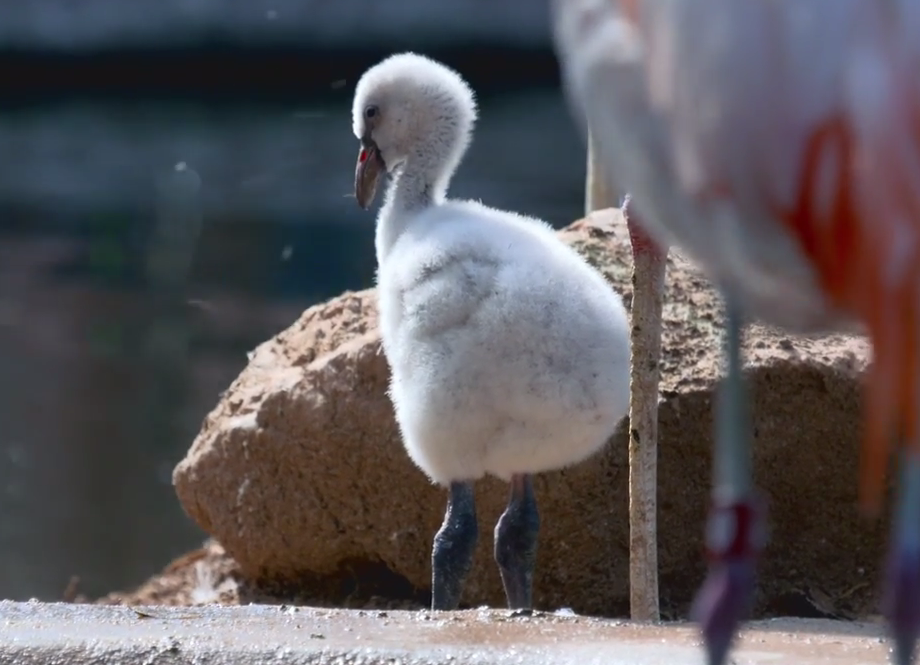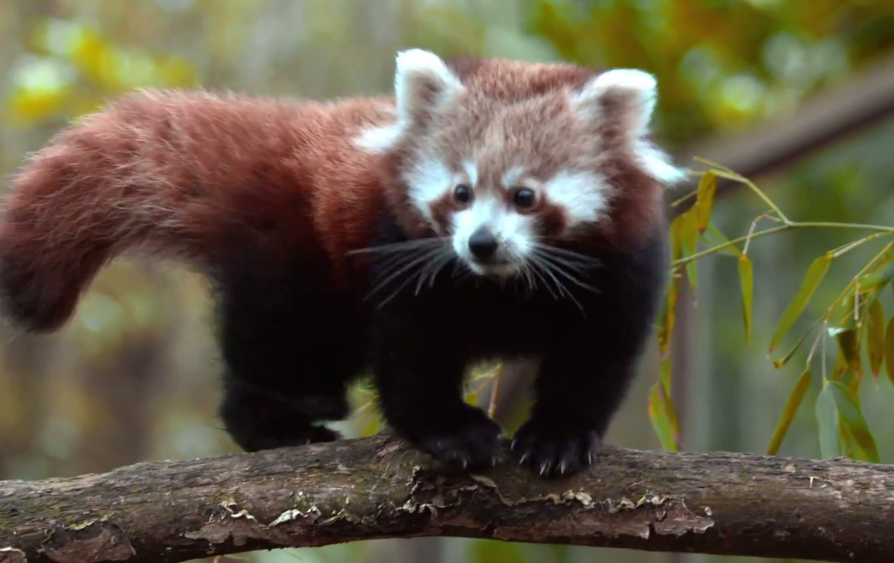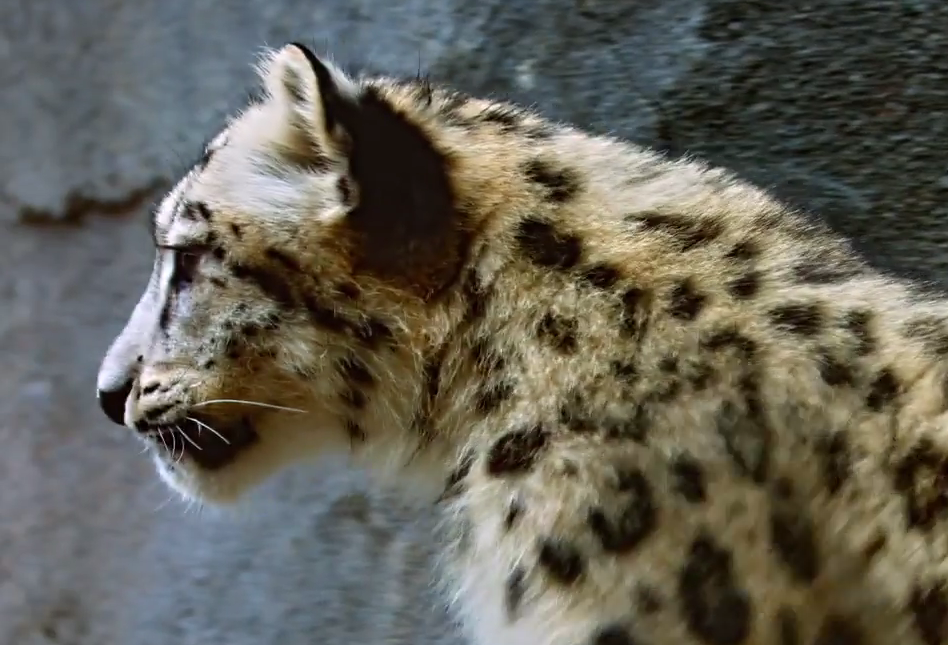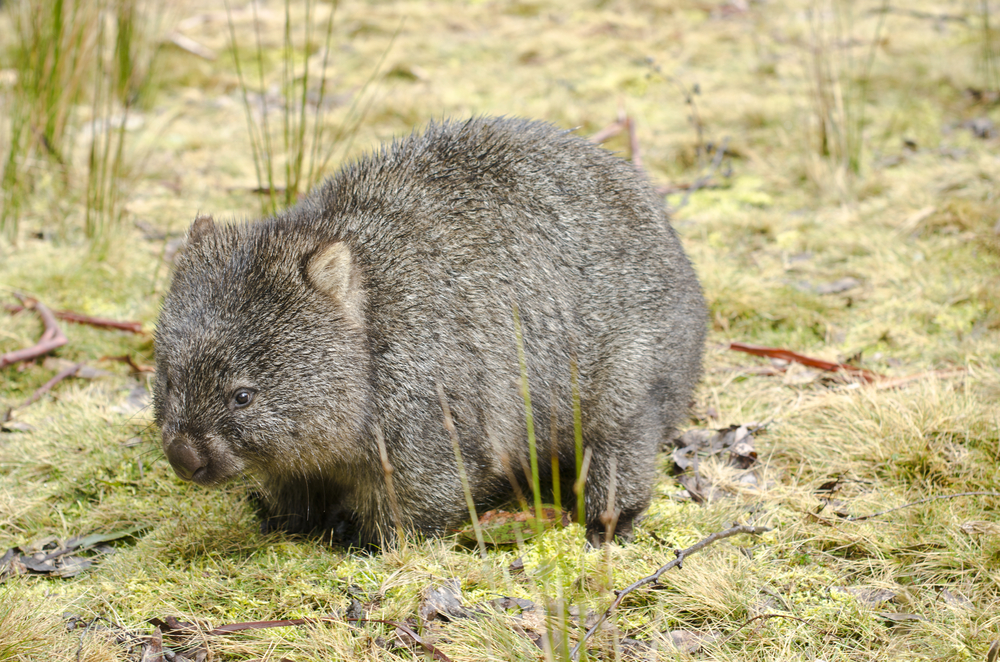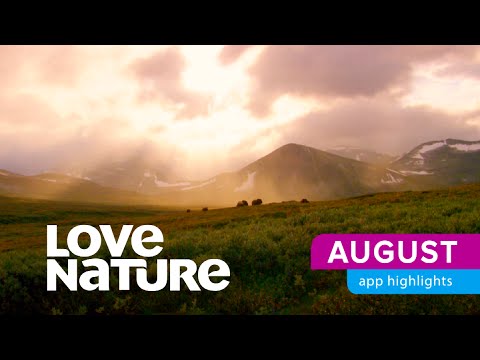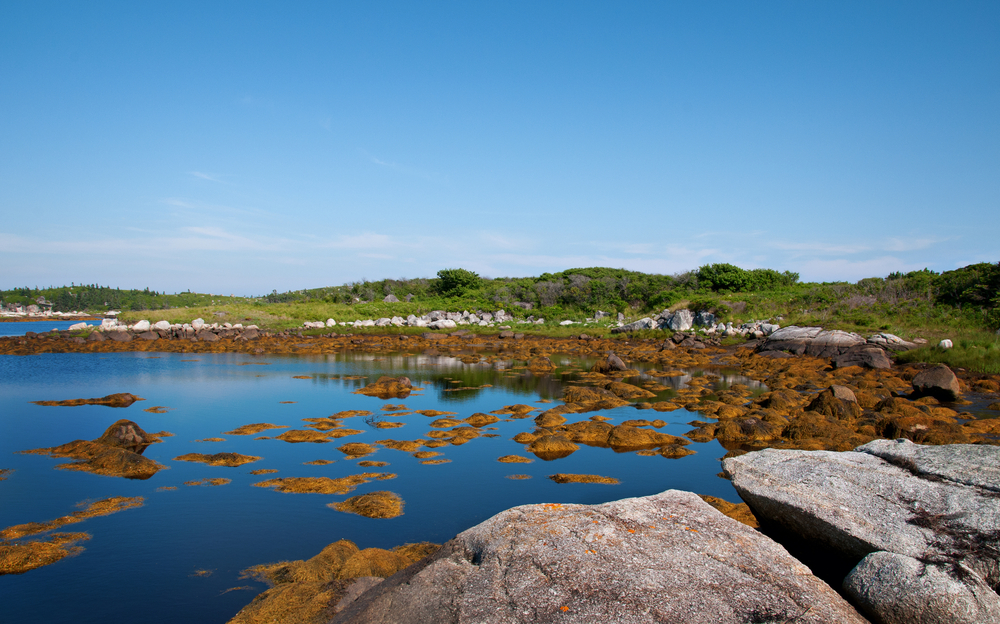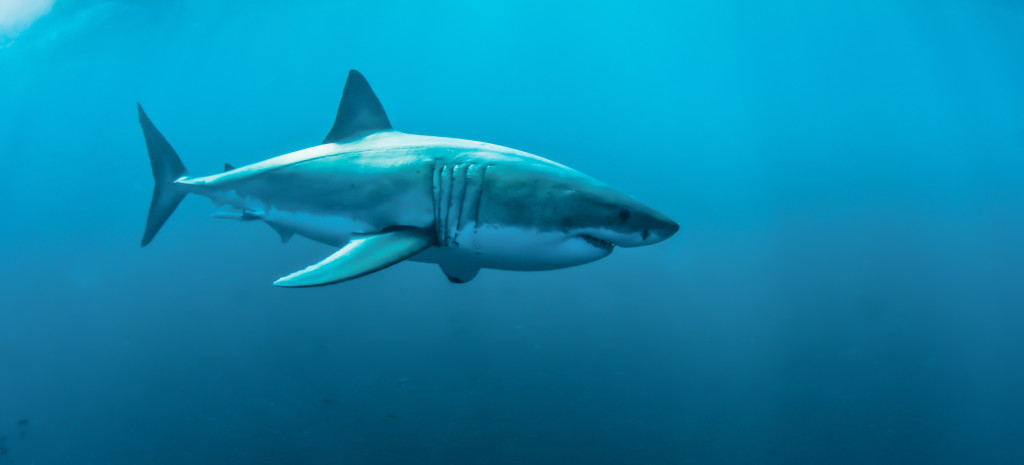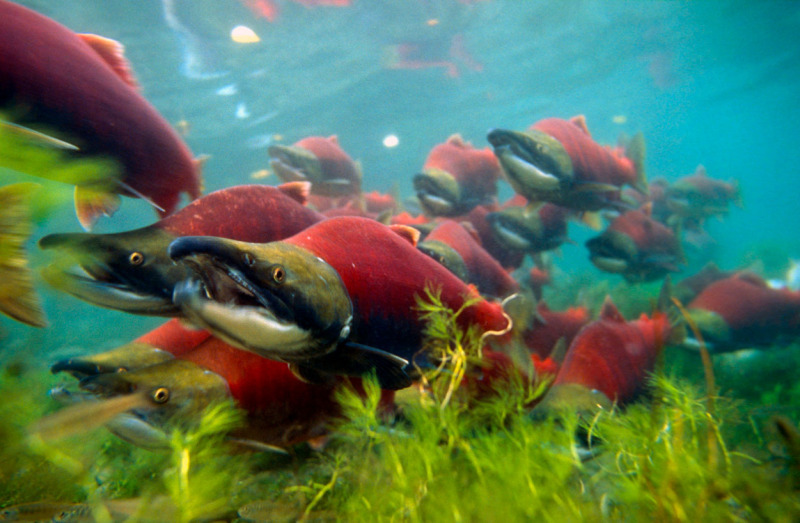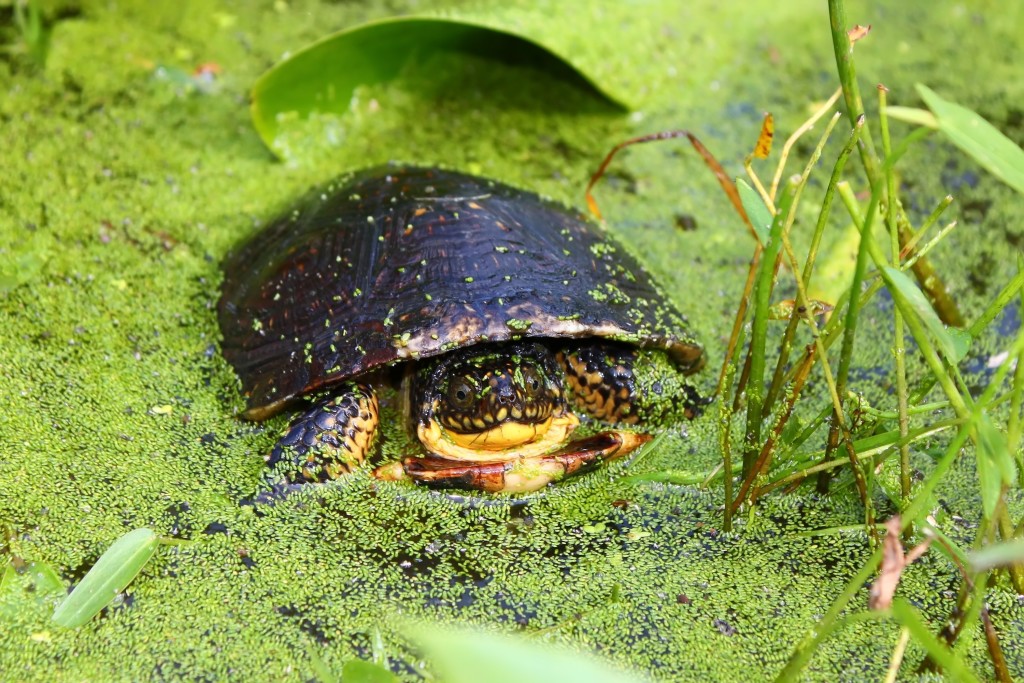Posts by Love Nature
Baby animals: rhinos
Thanks to strong conservation efforts, the population of white southern rhinos has been brought back from the edge of extinction and continues to grow. The Monarto Zoo in southern Australia is the largest open range zoo in the country and it protects its rhinos from poachers that are after their horns, which can sell for … Continued
Strange creatures: the sunburst diving beetle
Those aren’t crystals you’re seeing. They’re oxygen bubbles that the sunburst diving beetles bring with them from the surface of the water. Only 2 and a half cm long at most with legs that move in sync like a rowboat, the beetles lurk below the surface of warm ponds and streams in the American Southwest.
Strange creatures: the cuttlefish
From their giant eyes to their large brains, the graceful-looking tropical cuttlefish may seem harmless, but they’re anything but. They are fast learners, adaptive to new environments, and they know how to scope out food and exactly how to get it. Once the victim is located, their slow, stealthy move-in precedes a lightning fast and … Continued
Baby animals: Sulawesi macaque
Summer is a 5-month-old Sulawesi macaque who resides at the Dudley Zoo in England with her close-knit family and protective mother Jasmine. The zoo is on a mission to help endangered species like the Sulawesi macaque and ensure that they are well cared for as they navigate the world around them.
Strange creatures: the vinegaroon
Do you smell vinegar? There might be a vinegaroon in the vicinity. The rare Mastigoproctus giganteus is a lesser known cousin to spiders and scorpions and can spray a sour stream of highly concentrated acidic vinegar 30 cm in any direction, which is at least 4x the average length of its body.
Baby animals: elephants
Elephants are more like humans than you might think. A baby elephant at the Reid Park Zoo in Tuscan, Arizona gets by with a little help from Mom when her siblings become too rowdy. Just like a baby’s fingers get more nimble, a baby elephant’s trunk becomes more agile. In the zoo, elephants get the … Continued
Baby animals: Gemma, the eastern quoll
A 4-month-old eastern quoll named Gemma has a hefty and vital mission in life: to help reintroduce her species to mainland Australia for the first time in more than 50 years.
Baby animals: clouded leopards
Clouded leopard cubs, Faith and Hope, live at the Nashville zoo in Memphis, Tennessee and are adapting well to their new habitat. The rare, charismatic cubs have no fear as they explore their surroundings and evolve into the natural-born climbers that they are.
Get to know the short-beaked echidna
The short-beaked echidna was named for a monster in Greek mythology that was half woman and half snake; however, it more closely resembles a porcupine or hedgehog. The mammal has a head and beak not unlike a bird’s and consumes worms and insects and it even lays eggs. It lives in Australia and New Guinea. … Continued
Baby animals: zebras
Graham the zebra is the first-ever calf born at the Newquay Zoo in Cornwall, England. His arrival was a happy surprise for his mother, a 14-year-old zebra, the tail-end age for reproduction. That might be why she’s extra protective of her fast-growing Chapman’s zebra (a subspecies of the plains zebras) foal.
Strange creatures: the coconut octopus
The coconut octopus can walk, but it can also hide. Using coconut shells (hence the name) and other cast-off items, the octopus fends off predators like sharks, dolphins, and seals by creating a four-wall fort. Its highly evolved intelligence intrigues scientists especially the way that the species hangs onto objects for potential future use
Come party with Love Nature this September!
The Good Life Experience is making a spectacular return for the third year running this September—one of many great festivals in North Wales showcasing a deep connection with the wilderness areas of the UK. And the best bit: we’ll be there too—spreading the good word about loving nature! Taking place at Hawarden Estate on September 16—18 … Continued
Strange creatures: the red-headed centipede
The red-headed centipede is one of the world’s most venemous vertebrates. With its tough shell, 42 sharp, sticky legs, and venom filled fangs, the centipede can take down crickets, lizards, rodents, and frogs alike should the opportunity strike.
Get to know the colourful nudibranch
Nudibranchs are often referred to as sea slugs, but they’re far more extraordinary than your average slug. There are over 3,000 varieties that range from the poles to the tropics and they thrive in diverse ecosystems. The vibrant mostly finger-sized creatures’ favourite cuisine is coral, and they can smell danger from afar.
Baby animals: the Chilean flamingo
Young Chilean flamingo Tweedle at the Reid Park Zoo in Tuscan, Arizona hasn’t quite earned his pink feathers just yet. His protective parents appease his cautious attitude as he gets to know the rest of the flamboyant flock that surrounds him.
Baby animals: red pandas
It is believed that there are only 10,000 or so red pandas left in the wild. That’s why the birth of a baby red panda at the Newquay Zoo in Cornwall, England was so important. Additionally, red pandas rarely breed as they can only conceive on one day of the year. But, before the newborn … Continued
Baby animals: snow leopards
Their coats may be thick and fluffy, but they’re not to be played with. Snow leopoards are an endangered species with reclusive personalities, so actually seeing one in life is rare and a big deal. Snow leopard twin sisters at the Brookfield Zoo in Chicago, Illinois may look very similar, but they’re two distinct beings.
Get to know the adorable wombat
Wombats are unique creatures for many reasons. For one thing, their faeces are square shaped and are often found in pyramid structures. They are the world’s largest burrowing mammals who create masterful burrows with many exits and entrances. The distant relatives of kangaroos also use their backsides as a doorstop to avoid predators when feeling … Continued
Check out what's streaming this month
Take a look at some of the brand new documentaries and nature scenes coming to Love Nature this month. Not subscribed to the Love Nature streaming app? Sign up now to start your free 30-day trial.
How to go with the tide
It’s WWF Water Wednesday, when Love Nature television explores the unique characteristics, natural history, environmental challenges and threats facing waters and aquatic species in Canada and around the world, hosted by WWF-Canada president and CEO David Miller. Tonight at 9 p.m. ET/PT watch Two Oceans, and read on about intertidal zones. We sometimes talk about “the water’s … Continued
If you only watch one nature documentary this week, make it this one
Slash and burn farming is a dangerous and unsustainable method of clearing trees to make room for agriculture. It can prove catastrophic for rainforest ecosystems containing some of the world’s most remarkable species. But it’s not just animals and plants that these destructive practices affect. Billions of tonnes of carbon are released into the atmosphere, … Continued
7 fascinating facts about sharks
Sharks have roamed our planet’s oceans for more than 400 million years. Because of their size, strength, and toothy jaws, these evolutionary marvels have earned the reputation of ruthless, bloodthirsty predators. But this narrow-minded view of sharks has threatened their future. There’s a lot more to sharks than meets the eye, and with 27 distinct … Continued
Salmon: an iconic species under threat
It’s WWF Water Wednesday, when Love Nature television explores the unique characteristics, natural history, environmental challenges and threats facing waters and aquatic species in Canada and around the world, hosted by WWF-Canada president and CEO David Miller. Tonight at 9 p.m. ET/PT watch “Two Oceans” and read on about some of the threats facing Salmon … Continued
Shows for all the family—new this week on Love Nature
From brightly-plumed parrots to adorable baby beasts, onto the stunning coral reefs of Central America—we’ve got something for everyone this week, new on the Love Nature streaming app. Dive into nature like never before with the following shows. NEW THIS WEEK Twenty Masterpieces of Nature: Iguaçu The Iguaçu National Park in Brazil has the richest … Continued
Five at-risk freshwater turtle species
Despite turtles’ tough shells, modern threats such as busy roadways and habitat destruction have put these prehistoric creatures in jeopardy. It’s WWF Water Wednesday, when Love Nature television explores the unique characteristics, natural history, environmental challenges and threats facing waters and aquatic species in Canada and around the world, hosted by WWF-Canada president and CEO … Continued

